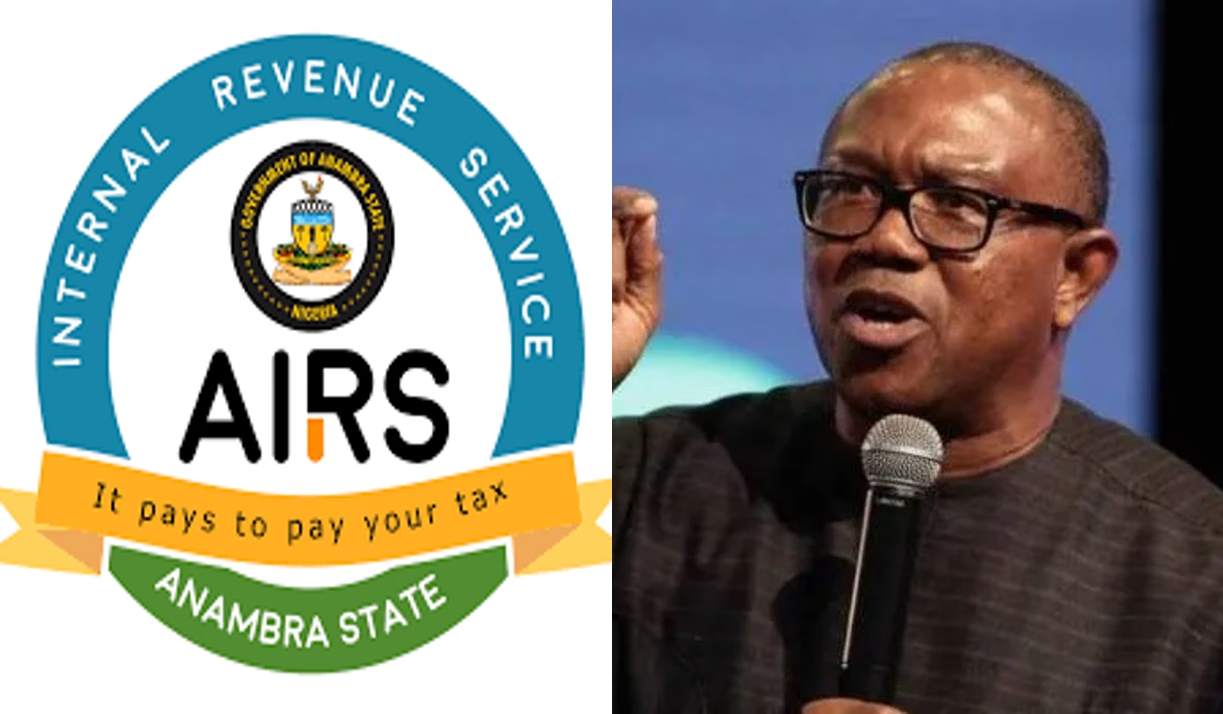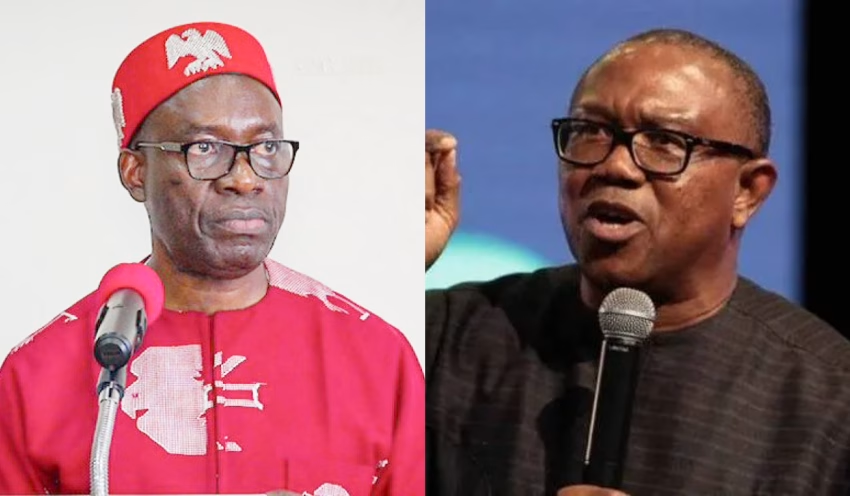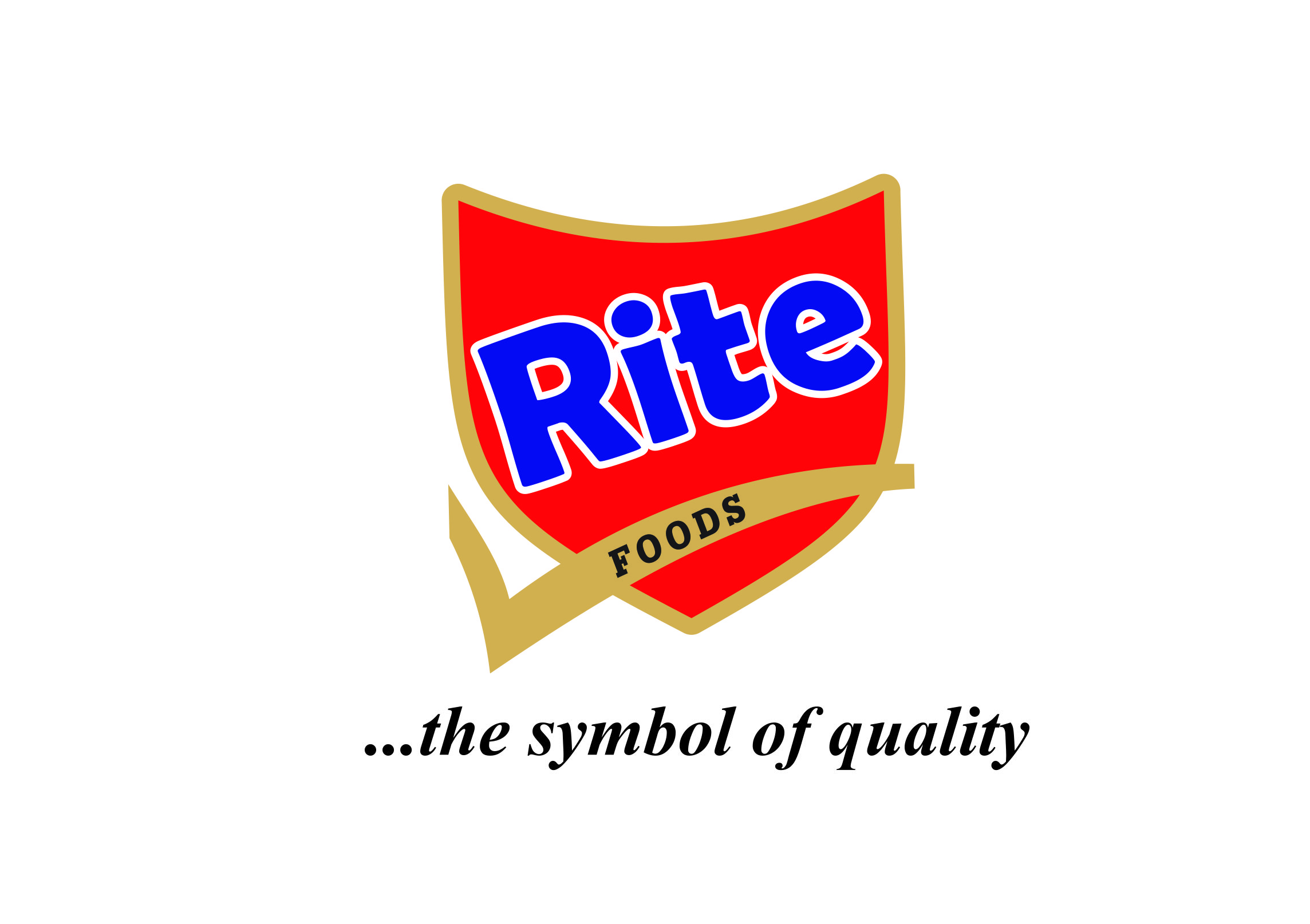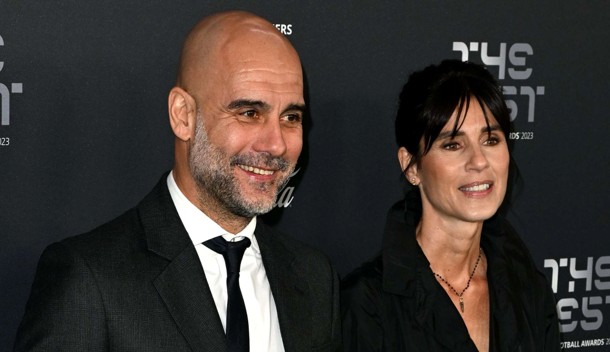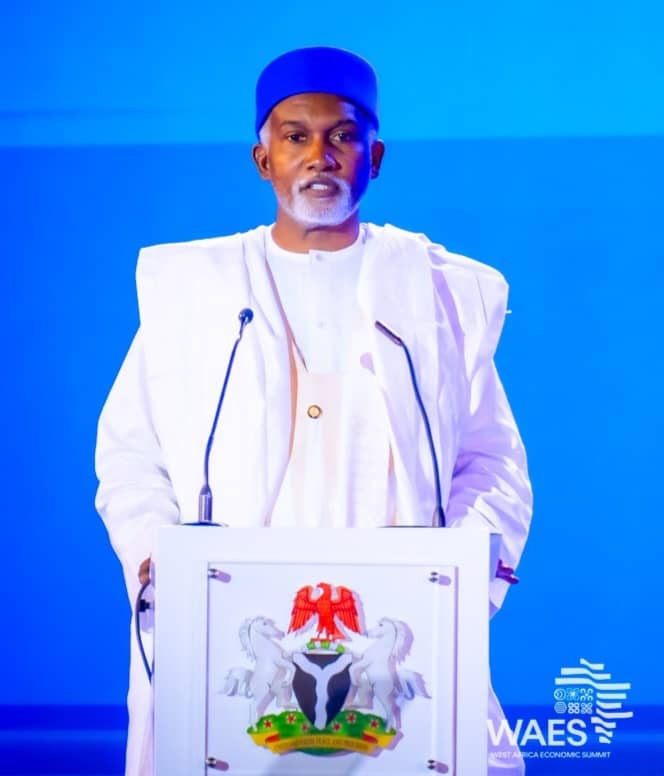I have consistently resisted the urge to pen down my thoughts on this subject, but it keeps popping up as a topic I should dwell on in my PR article series. Public relations and marketing and the similitude or otherwise between them have always been the focal point of hot debates amongst promotional communication professionals. While some argue there’s a difference between them, others believe they primarily serve the same purpose. This polarisation of perspectives forced this piece, which tries to put paid to some faulty beliefs and perceptions about the nexus and disparity that exist between PR and marketing.
Marketing Delivers a ‘Standard of Living’
It makes perfect sense to quote a few authorities who have postulated on marketing. Philip Kotler, the father of modern marketing, defines: “Marketing is a social and managerial process by which individuals and groups obtain what they need and want through creating and exchanging products and value with each other”. The American Marketing Association defines marketing as “the process of planning and executing conception, pricing, promotion, and distribution of ideas, goods, and services to create exchanges that satisfy individual and organisational objectives”. In the same vein, Cundiff and Still submit: “Marketing is the term used to describe collectively those business functions most directly concerned with the demand stimulating and demand-fulfilling activities of the business enterprise”.
I didn’t major in marketing at college, but I took some marketing courses, and one of my takeaways from such courses is that marketing is chiefly concerned with creating and sustaining demand for products and services. Specifically, marketing entails discovering people’s needs, developing products to satisfy those needs and promoting such products to stimulate and maintain demand. It’s about developing a product that creates value and ensuring that there is a constant demand for the product or service through an avalanche of activities including below-the-line and above-the-line advertising, merchandising, brand activations, salesmanship, etc. Marketing essentially seeks to foster patronage or purchase of products and services, making sure there is brand loyalty.
People erroneously believe that marketing has to do with only promoting the goods and services of a company in form of advertising because this is what they see. But so much happens pre-promotion- customer research, market survey, customer analysis, needs assessment, product development, product packaging, price determination, etc. All these aspects bear upon what is eventually offered and promoted to the consumers. Marketers are keen on increasing their market share, always developing strategies for winning new prospects and converting them into returning customers.
For marketers, acquiring new customers by promising superior value and retaining existing customers by giving satisfaction are major Key Performance Indicators.
Cundiff and Still, in concurrence, state: “Marketing is the term used to describe collectively those business functions most directly concerned with the demand stimulating and demand-fulfilling activities of the business enterprise”.
Marketers always monitor the customer base and ensure it is not shrinking. Marketing is a customer-oriented practice and satisfies a social demand for products and services. According to Paul Mazur, marketing delivers a ‘standard of living’. This, however, cannot be said about PR.
The marketer deals with only one audience of the company- customers. Marketing creates customer value and satisfaction at a profit. This implies that the marketing department of any company is largely responsible for its (company) revenue growth. And this explains why the Head of Marketing is always summoned whenever the sales stats start to drop. It’s a source of worry because it means revenue is also dropping. Marketing, not Public Relations, is queried to explain why the company is losing customers. Thus, you can see the direct relationship between marketing and the company’s bottom line. It’s unmistakable.
Public Relations Manages Reputation and Relationships
We can comfortably situate Public Relations within the context of reputation management. The art and craft of managing people’s perception about a brand- individual or corporate. Think of PR practitioners as people who employ strategic communications to manage relationships between an organisation and its publics to ensure that the interests, expectations and aspirations of both parties are in alignment.
PR specialists are preoccupied with the business of making the brand look good and positively perceived by all its stakeholder groups, not just the customers. Viewed through this periscope, PR has a broader audience than marketing, which always targets only prospects and customers.
This difference also reflects in the primary objective of communication- while the PR specialist seeks to shape how the target audience perceives the brand, your average marketer seeks to immediately influence buying decisions.
It’s apt to consider the PR specialist as a mediator between the organisation and its publics, deploying strategies to elicit the desired supportive behaviour from the publics. Sustaining this supportive behaviour from all stakeholders is a major KPI for the PR specialist, and this can be arduous to achieve as a medley of factors play out in the business environment which can impact stakeholder behaviour towards a brand.
In PR, we measure success by how communication output is able to engender the desired attitudinal and behavioural change in the publics of an organisation. And questions like these usually crop up: how favourable or positive is the public perception about the organisation?
How friendly is the host community? What’s the corporate citizenship profile of the organisation? What’s the brand’s share of voice in the media along the lines of neutral, positive ad negative sentiments? These questions are reflective of perception and reputation management- the mainstay of PR.
Marketers measure success by how large their brand’s market share is; how they’re able to expand the customer base; how they’re able to convert prospects into loyal customers. Marketers’ success is tied to revenue growth while PR specialists’ success is factored within the prism of corporate goodwill and reputation. Clearly, the performance metrics for both differ.
Marketing Expectations from PR Professionals
It’s common now to see PR JDs with Marketing KPIs and duties. This is improper. PR and marketing ultimately propel the growth of the brand, but their paths and approaches are dissimilar, with the former being subtle and the latter being very pronounced. Marketing uses advertising (BTL & ATL), salesmanship, brand activations, merchandising, etc, to create and sustain demand. PR, on the other hand, employs news management, CSR strategy, lobbying and other stakeholder relations management appurtenances to accomplish its goals.
CEOs/clients should stop expecting PR people to ‘make money’ for them in the immediate. What PR does is more than making money and the benefits are long-term.
PR and Marketing Must Harmonise
Finally, a quote from the founder of PRmoment, Ben Smith, will suffice: “Public Relations and marketing must be integrated for any modern organisation to thrive. Transparency, openness and purpose are vital to modern business performance, and the departments responsible for reputation and promotion play a critical role in connecting any organisation with its stakeholders. The connectivity of channels in modern marketing communications means that the PR team and the marketing team naturally converge and coordinate their efforts”.
Written by Stanley Olisa, a Media and Communications Consultant, from Lagos.
ThisDay


